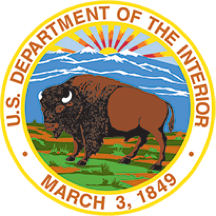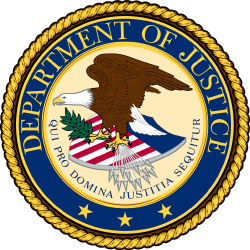Reassessing priorities: Adapting to additional work without additional resources
The Office of Natural Resources Revenue’s Open Data, Design, and Development (ODD) team is taking on management of a fourth website, despite being short-staffed. As a result, they have revisited and reprioritized their yearly goals. To do so, they utilized a prioritization matrix, developed a structured impact assessment, and laid out a transition plan. Their process ensured realistic workload adjustments, improved team morale, and highlighted the importance of practical goal-setting, especially when teams are short-staffed.— via Office of Natural Resources Revenue














